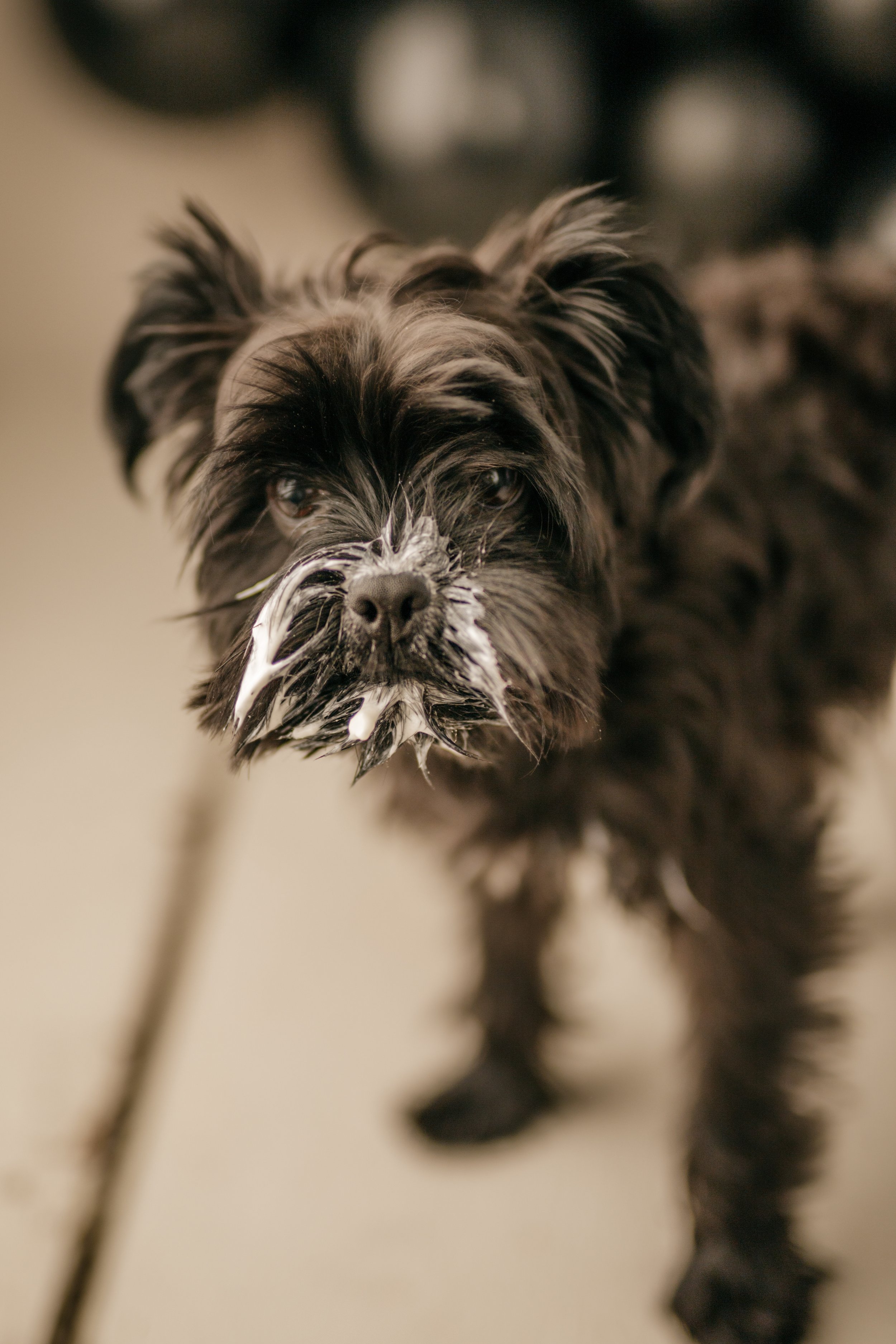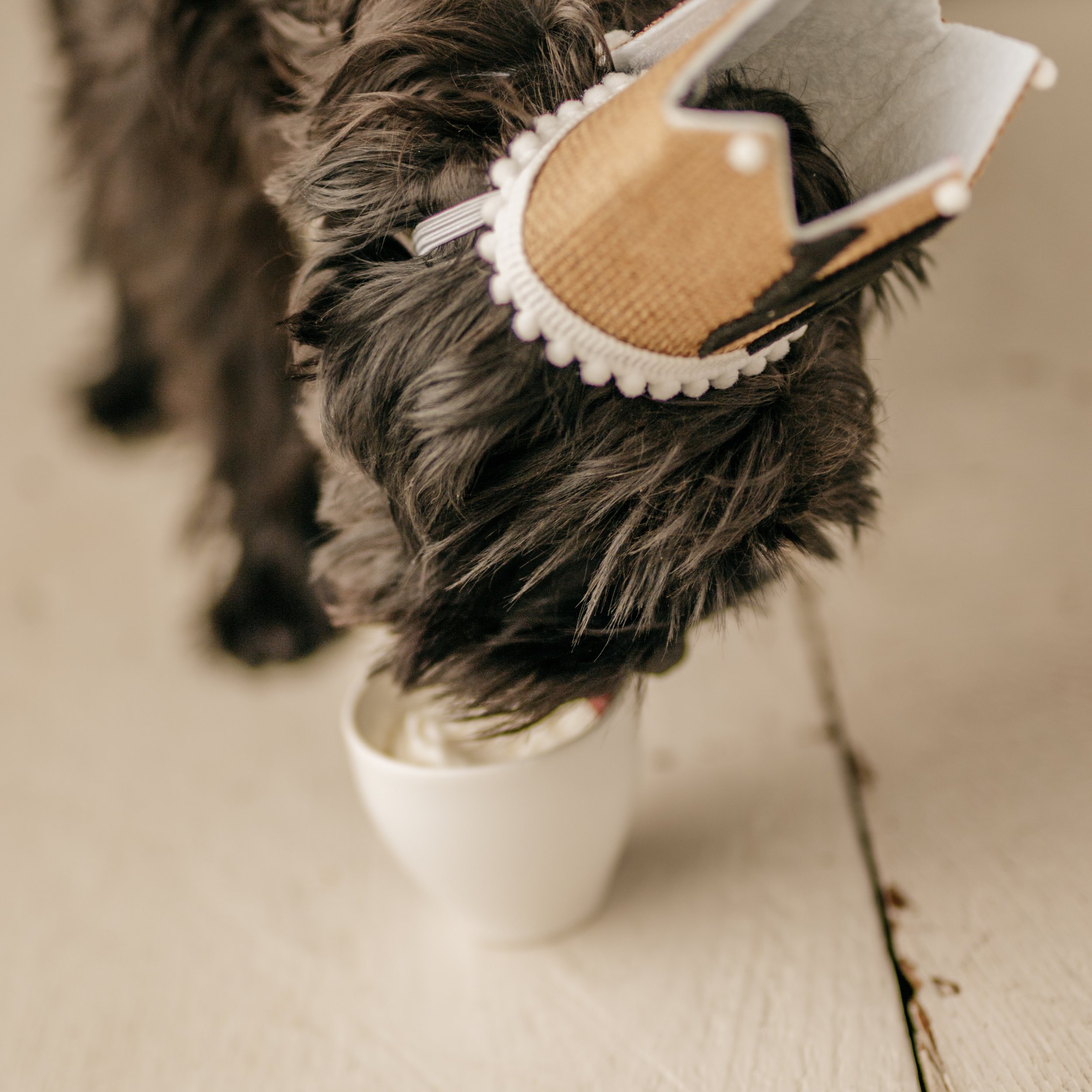Our canine companions share our homes and our hearts, and providing them with a healthy and balanced diet is a crucial aspect of responsible pet ownership. The question of "What can dogs eat and not eat?" prompts a comprehensive exploration of suitable and unsuitable foods for our furry friends. In this blog post, we'll navigate the realms of fruits, vegetables, meat, and seafood, offering insights into what makes a safe and nutritious canine cuisine.
1. **Fruits: Nature's Sweet Treats
Safe Fruits for Dogs:
Many fruits are safe and enjoyable for dogs. These include:
- Apples (seedless and without core)
- Blueberries
- Strawberries
- Watermelon (seedless)
- Bananas
- Mango (without pit)
- Pineapple
Fruits to Avoid:
Certain fruits should be avoided due to potential toxicity or choking hazards. These include:
- Grapes and raisins
- Cherries (including pits)
- Citrus fruits (in moderation)
- Stone fruits with pits (peaches, plums, apricots)
2. **Vegetables: Nutrient-Rich Options
Safe Vegetables for Dogs:
Vegetables are excellent additions to a dog's diet, providing essential nutrients. Safe choices include:
- Carrots (raw or cooked)
- Sweet potatoes (cooked)
- Broccoli (in moderation)
- Spinach (cooked)
- Green beans
- Pumpkin (plain, cooked, and without additives)
Vegetables to Limit or Avoid:
While many vegetables are safe, some should be fed in moderation due to their fiber content. Additionally, avoid onions, garlic, and members of the nightshade family like tomatoes and potatoes.
Meat: Protein-Packed Delights
Safe Meats for Dogs:
Dogs are carnivores, and meat is a fundamental part of their diet. Safe meat options include:
- Chicken (cooked, boneless, and skinless)
- Turkey (cooked)
- Lean beef
- Pork (cooked)
- Fish (fully cooked, without bones)
- Lamb
Meats to Avoid:
Certain meats, particularly those high in fat, can be problematic for dogs. Avoid feeding them:
- Fatty cuts of meat
- Processed meats (sausages, hot dogs)
- Raw or undercooked meat (risk of bacterial contamination)
Seafood: Omega-3 Rich Delicacies
Safe Seafood for Dogs:
Seafood can be a healthy addition to a dog's diet, providing omega-3 fatty acids. Safe options include:
- Salmon (cooked, boneless, and without seasoning)
- Tuna (in moderation)
- Shrimp (fully cooked)
- Whitefish (cooked)
Seafood to Avoid:
Certain types of seafood should be avoided due to potential hazards or toxins:
- Raw fish (risk of parasites)
- Shellfish with shells (choking hazard)
- Large fish with high mercury content (shark, swordfish)
In conclusion, understanding what dogs can and cannot eat empowers pet owners to create a well-rounded and safe diet for their furry companions. A balanced canine cuisine includes a variety of safe fruits, vegetables, meats, and seafood, while avoiding items that pose health risks or toxicity.
As responsible pet owners, it's essential to consider individual dietary needs, monitor portion sizes, and be aware of any allergies or sensitivities your dog may have. By providing a thoughtful and nutritionally sound diet, you contribute to the overall health, happiness, and longevity of your beloved four-legged friend, making mealtime a joyous and beneficial experience for both of you.

































